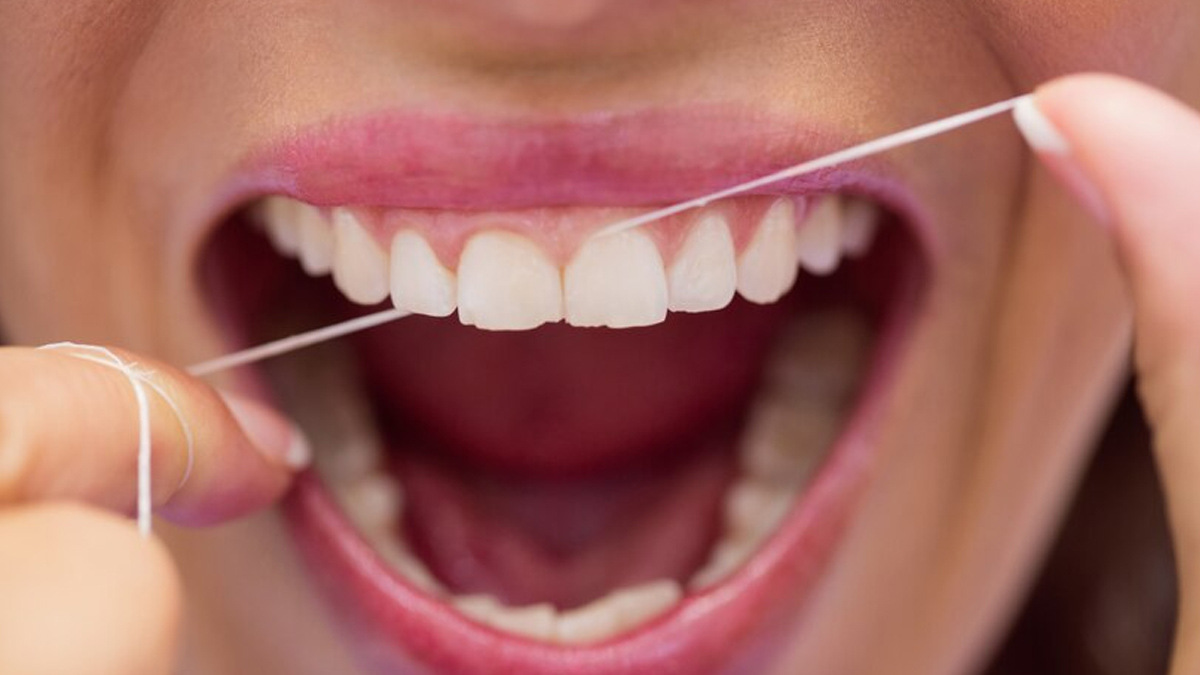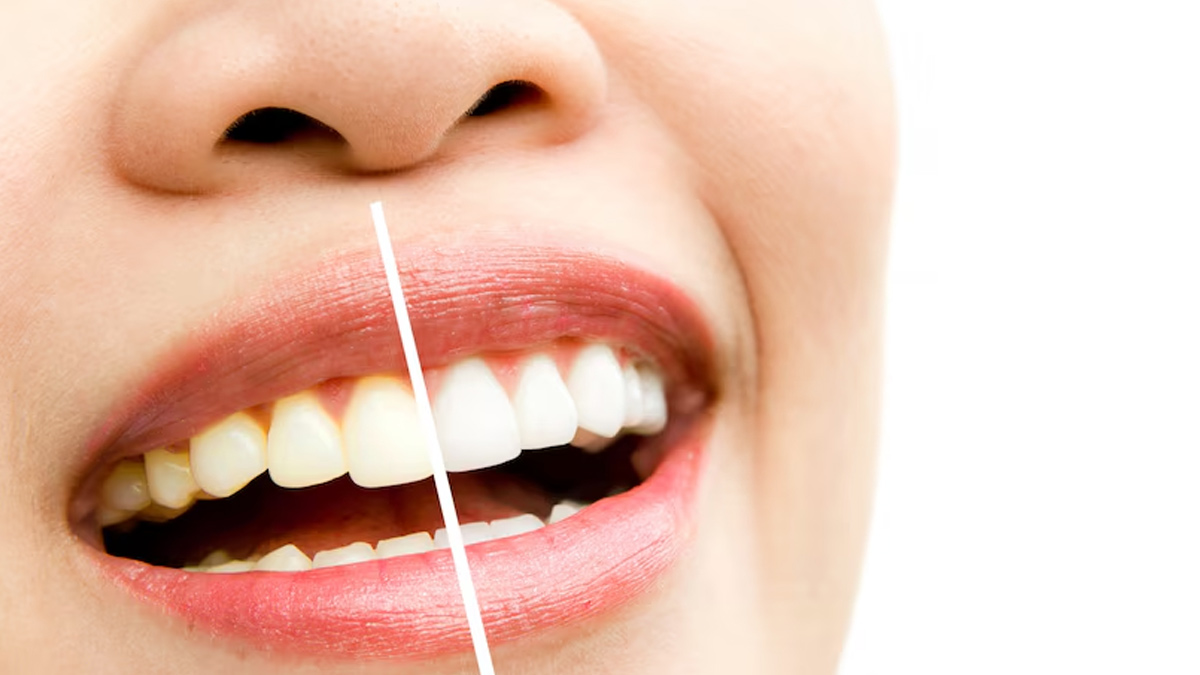
A bright smile is more than just an aesthetic asset; it’s a reflection of good oral hygiene and overall health. Maintaining clean and white teeth does not require complicated routines or expensive treatments. Instead, adopting a few simple habits can make a significant difference. Here are five practical steps, backed by studies, to help you achieve a radiant smile.
Table of Content:-
1. Brush Twice Daily with the Right Technique

Brushing your teeth twice daily is the cornerstone of oral hygiene. The proper technique involves holding your toothbrush at a 45-degree angle to the gums and using gentle circular motions to clean every tooth surface.
A study published in the Journal of Dental Research found that individuals who brushed twice a day reduced their risk of dental cavities by nearly 40%. Using fluoride toothpaste adds extra protection by strengthening enamel and fighting decay. Additionally, avoid aggressive brushing, as it can erode enamel and cause sensitivity over time.
2. Incorporate Flossing into Your Routine

Flossing is often overlooked, yet it is crucial for removing food particles and plaque from areas your toothbrush cannot reach. Regular flossing not only prevents gum disease but also helps keep teeth white by removing stains caused by trapped food.
Research published in the American Journal of Preventive Medicine highlights that daily flossing reduces the risk of periodontal diseases by 67%. For convenience, consider using floss picks or interdental brushes, especially if traditional floss feels cumbersome.
Also read: Is Your Lifestyle Causing Discoloured Teeth? Here’s What To Watch Out For
3. Limit Staining Foods and Beverages

Certain foods and drinks, like coffee, tea, red wine, and berries, can leave stains on your teeth over time. While it’s unrealistic to avoid these entirely, you can minimise their impact by rinsing your mouth with water immediately after consumption.
A study in Clinical Oral Investigations revealed that individuals who regularly consumed coffee had more pronounced stains but significantly reduced them with proper oral hygiene practices. Using a straw for beverages like iced coffee or tea can also help limit contact with teeth, preventing discolouration.
4. Stay Hydrated and Chew Sugar-Free Gum

Drinking water is essential for oral health as it helps wash away food particles and neutralises acids produced by bacteria. Additionally, chewing sugar-free gum stimulates saliva production, which naturally cleans teeth and prevents dry mouth.
According to research from the Journal of Clinical Dentistry, chewing sugar-free gum after meals can reduce plaque and prevent cavities. Look for gums containing xylitol, a natural sweetener that fights bacteria and promotes oral health.
Also read: How Can Overbrushing Harm Your Teeth? Doctor Explains
5. Visit Your Dentist Regularly

Routine dental check-ups and professional cleanings are indispensable for maintaining clean and white teeth. Dentists can remove stubborn stains and tartar build-up that regular brushing and flossing may miss.
The British Dental Journal recommends seeing a dentist every six months for optimal oral health. Regular check-ups also allow for early detection of potential issues like cavities or gum disease, which can otherwise lead to more severe problems.
Conclusion
Achieving clean and white teeth doesn’t require extreme measures; consistency and adopting simple habits can make a noticeable difference. By brushing twice daily, flossing, limiting staining foods, staying hydrated, and visiting your dentist regularly, you can ensure a bright and healthy smile.
Also watch this video
How we keep this article up to date:
We work with experts and keep a close eye on the latest in health and wellness. Whenever there is a new research or helpful information, we update our articles with accurate and useful advice.
Current Version